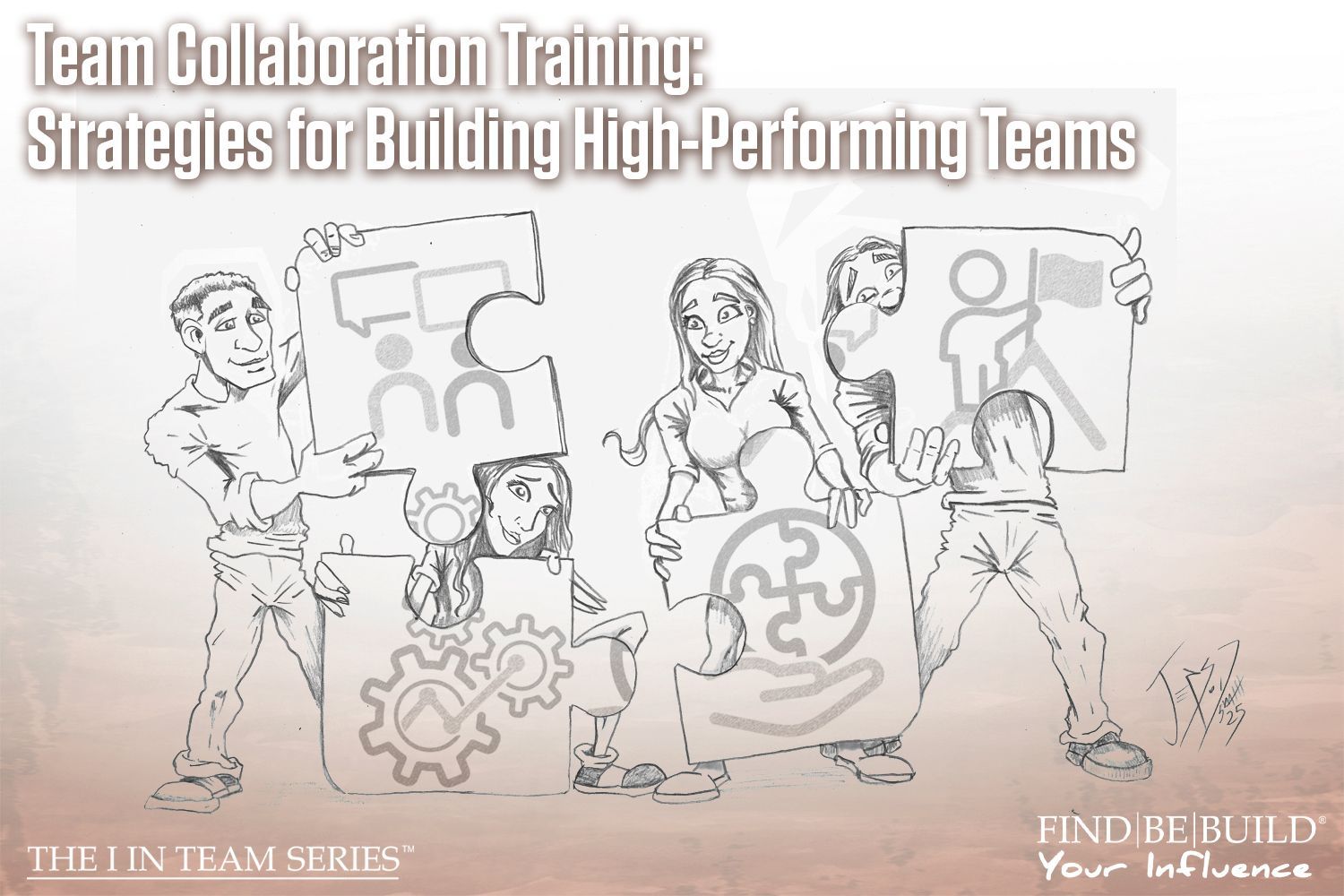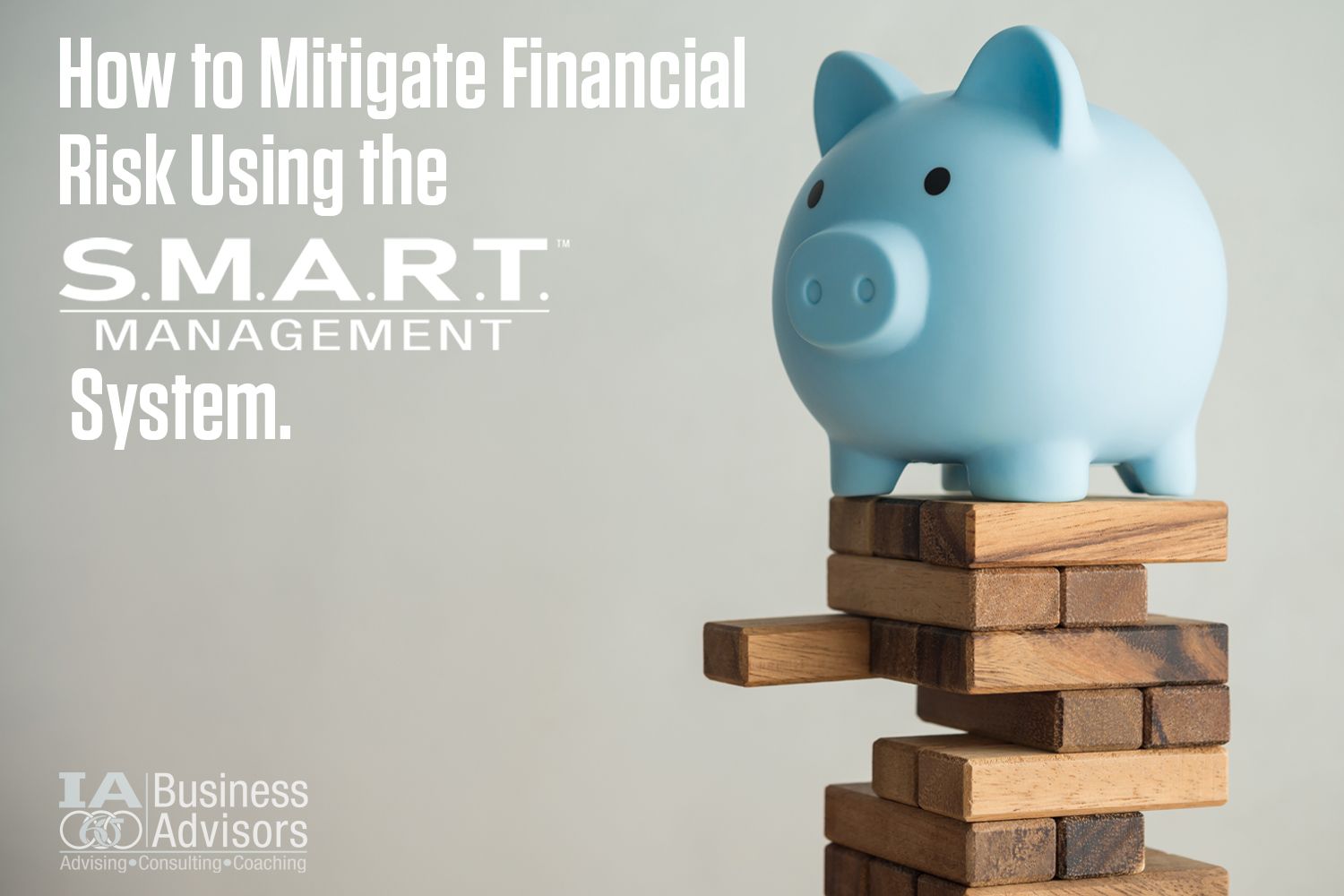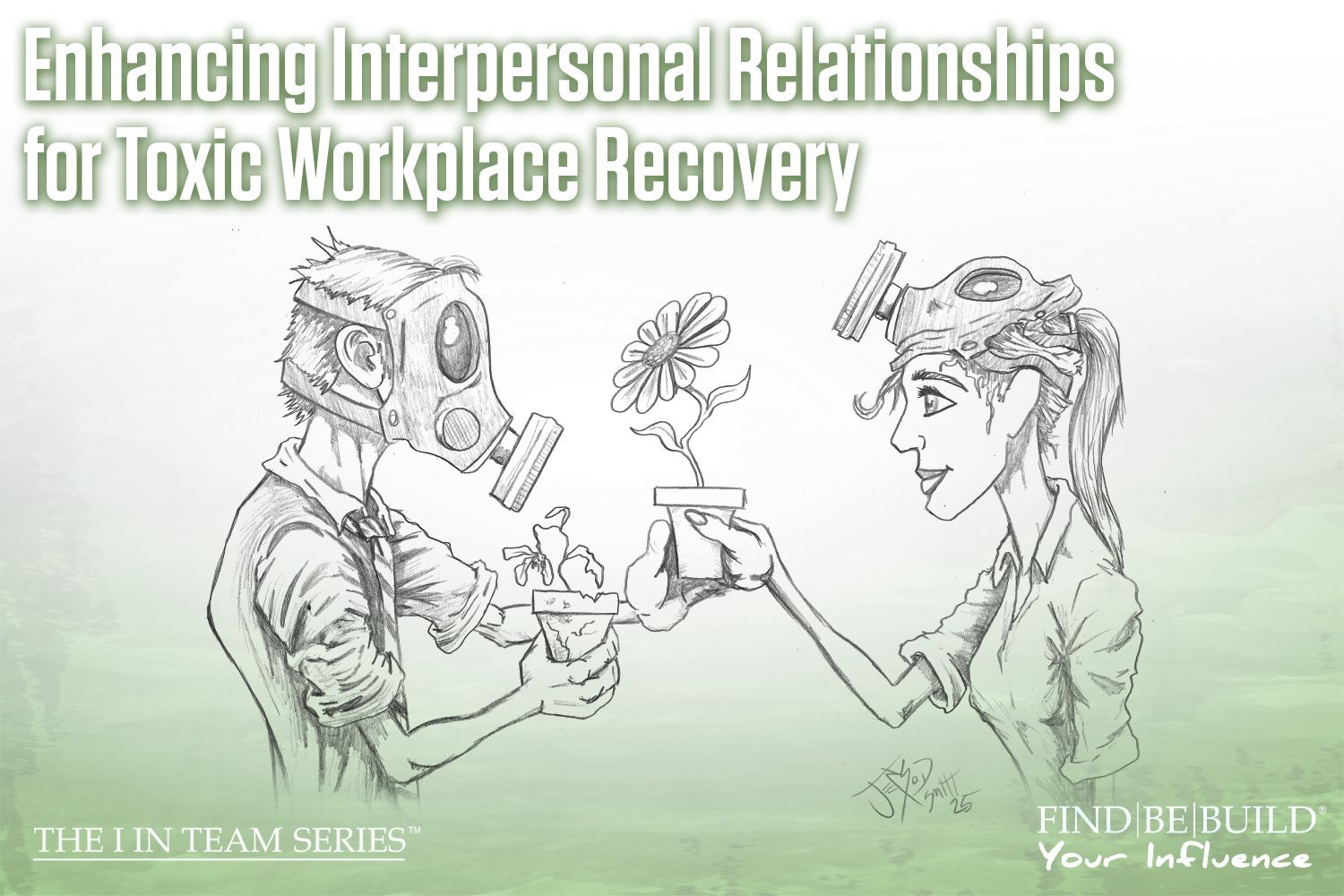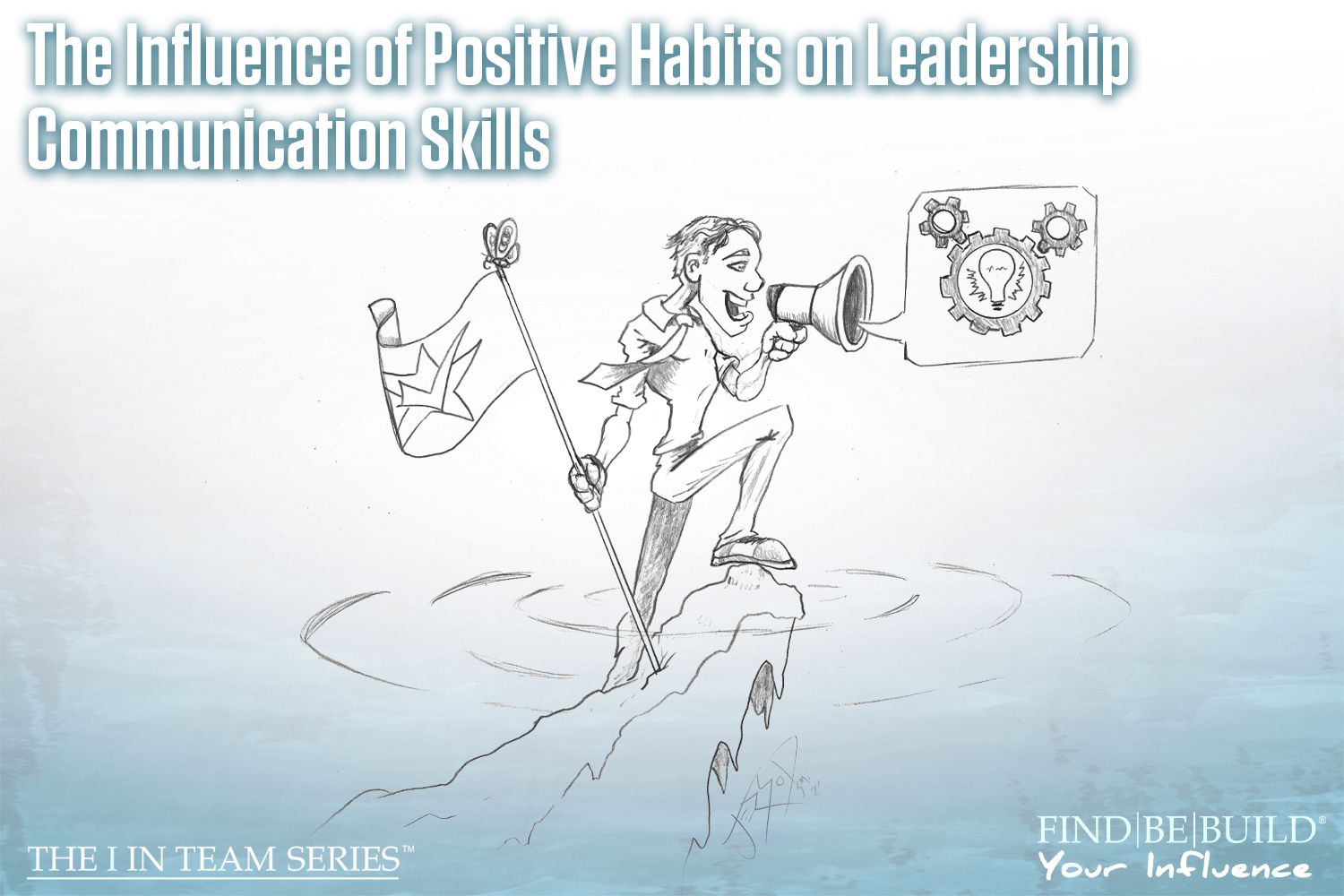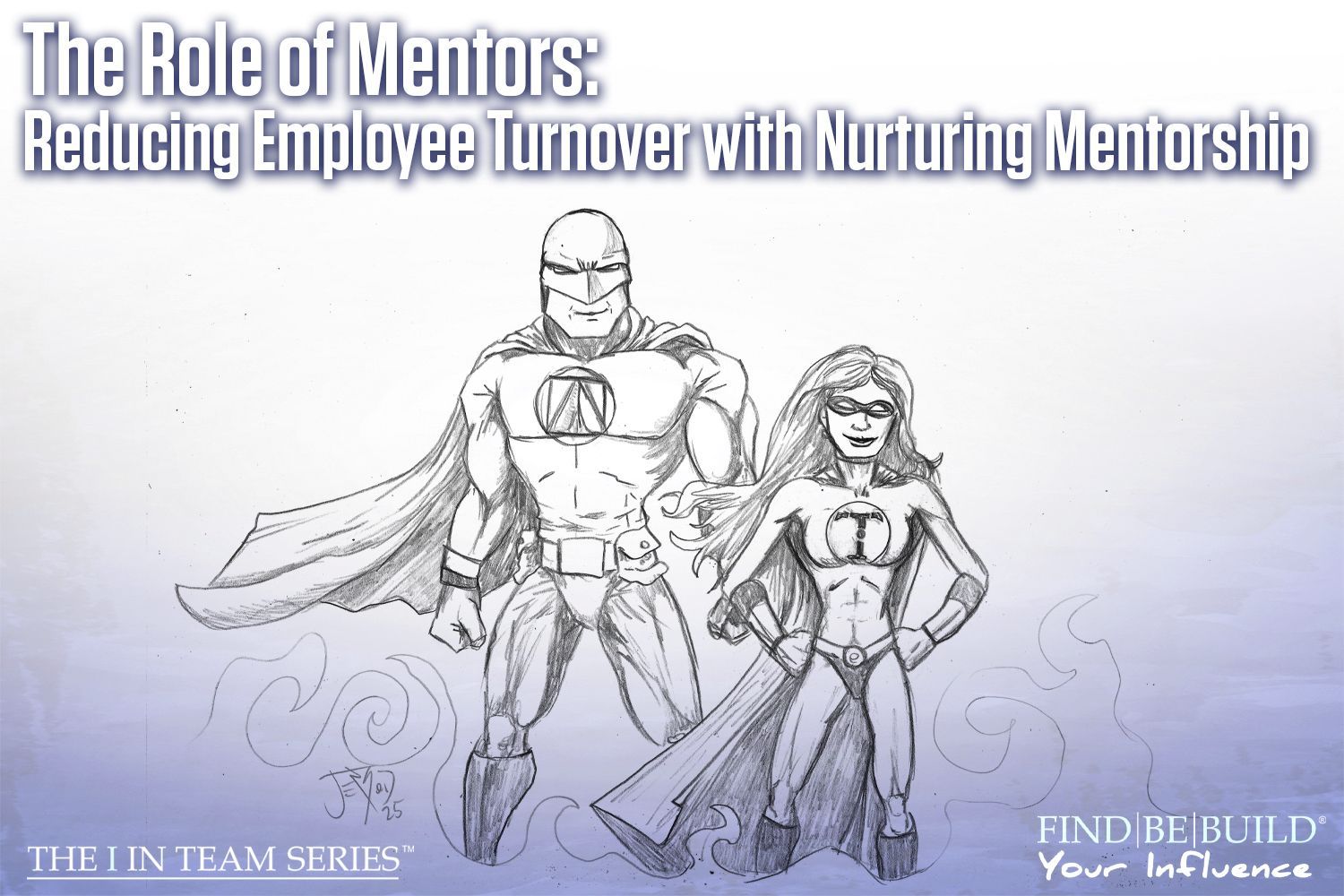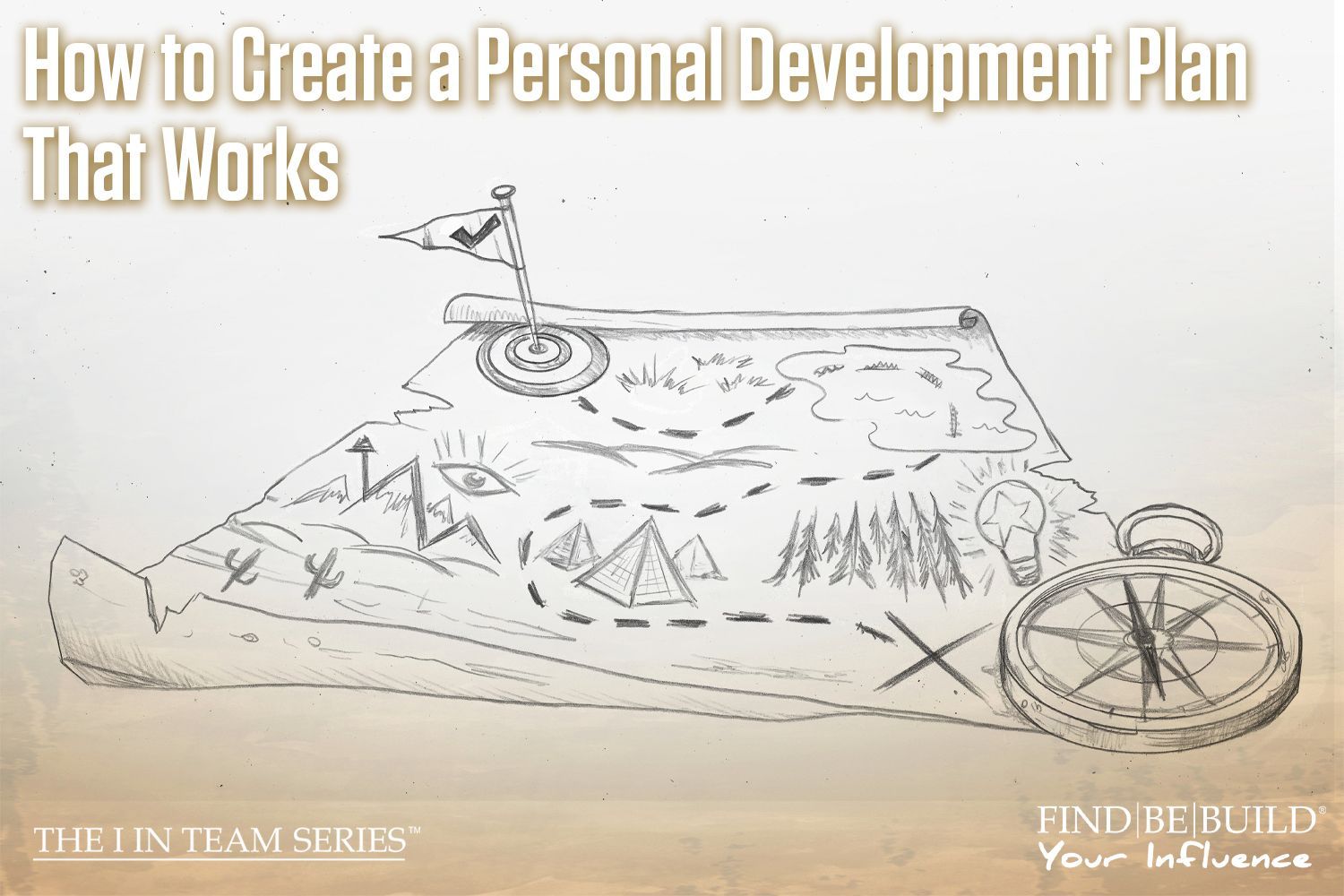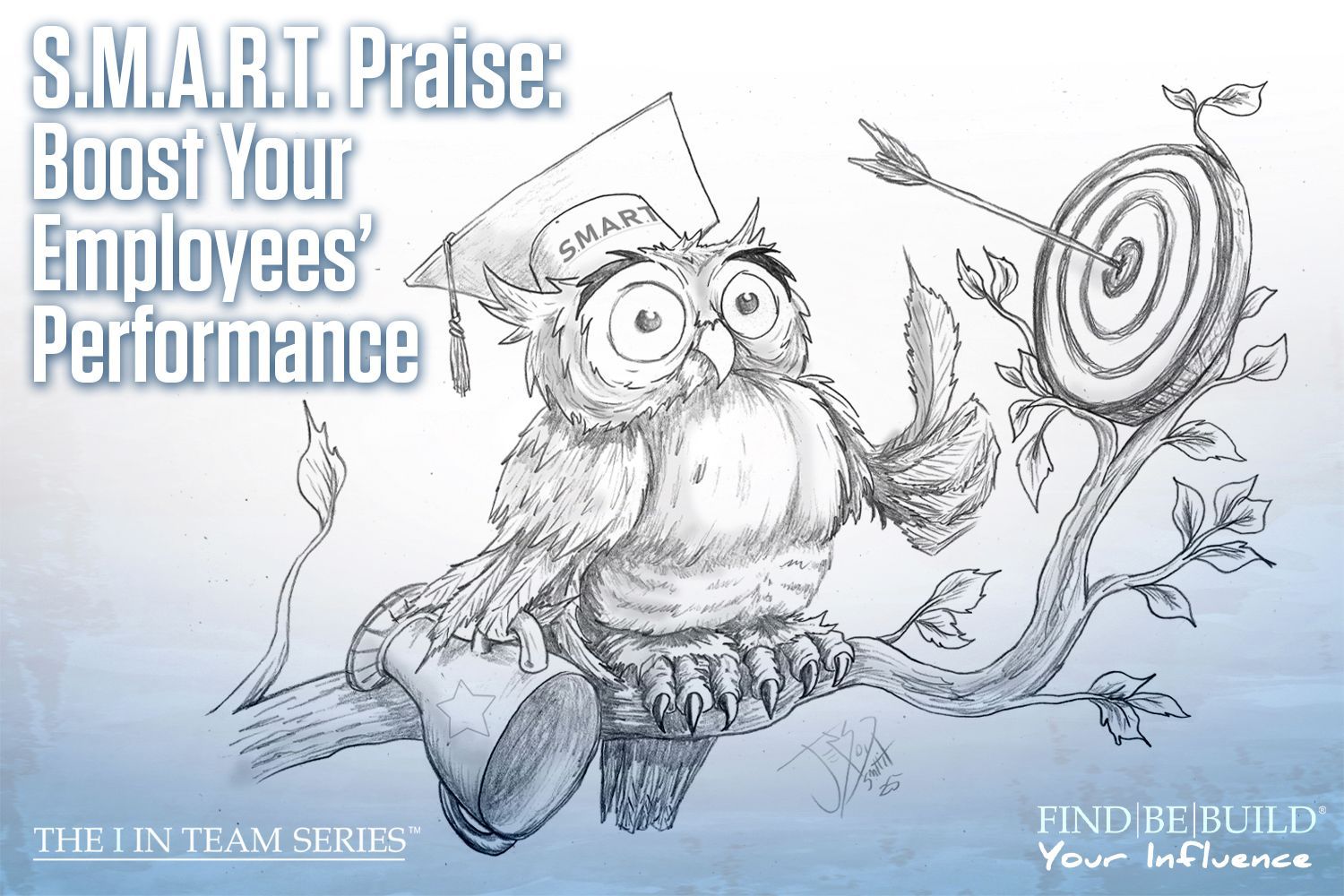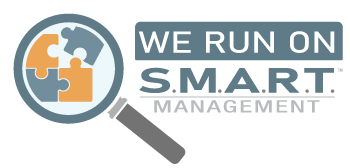Simple Ways to Start Planning Your 2024 Business Goals

2024 business goal planning
Jump Off into 2024: Your Guide to Heroic Business Growth
“In preparing for battle I have always found that plans are useless, but planning is indispensable.”
– Dwight D. Eisenhower
In the fast-paced world of business, success finds those who are well prepared. As we approach 2024, it’s time to crack open the treasure chest of strategies that’ll shape your business destiny in the coming year.
Whether you’re a startup rookie or a seasoned pro, thinking a few steps ahead is like having a secret weapon in your business arsenal. To grow and sustain your business, you need more than just dreams; you need a plan, a roadmap to guide you through the twists and turns of the entrepreneurial rollercoaster.
As the curtains fall on the final act of 2023, now’s the perfect moment to start sculpting your masterpiece for 2024. In the next few weeks, seize the chance to reflect on your wins, losses, and the grand vision you have for your business.
But hey, building a strategic plan isn’t as thrilling as skydiving, you say? Fear not! We’ve concocted a guide that’s not only practical but sprinkled with a dash of humor to make your planning journey as exciting as a roller derby match. Brace yourself for key strategies, goal-setting hilarity, and a pinch of wisdom:
1. Set the Stage with the Right Mindset
Picture this: You, the business maestro, conducting a mental orchestra of brilliance. Planning requires a mindset that can pirouette between the past, present, and future without tripping on its own ambition. Take a moment to check if you’re time-traveling too much. In other words, the past is a useful guide, the future is at best a guess, so try to stay focused in what you can do in the present.
Pro-tip: Effective planning is like meditation—requires time, focus, and occasionally, deep breaths.
2. Get Your Team in the Game
Planning isn’t a solo gig; it’s a team sport. Encourage your team to toss ideas back and forth like a hot potato. A brainstorming session is like a group hug for your business brain—it’s warm, fuzzy, and sometimes someone gets hit in the face with a brilliant idea. And remember, it’s about the quantity of ideas, not the quality. Make it fun. Encourage participation. And generate as many ideas as you can, you never know which ones will strike gold!
Team motto: Collaboration makes the dream work.
3. Embrace the Chaos with Multiple Scenarios
Life’s a rollercoaster, and so is business. Prepare for the loop-de-loops with contingency plans. It’s like having a business umbrella—when it rains problems, you stay dry with solutions. And like I tell my kids, it’s better to have it and not need it, than to need it and not have it.
Word of caution: Business weather forecast can be unpredictable; pack an extra scenario just in case.
4. Be Macro-Cool, but Micro-Flexible
Have a clear vision, but don’t be overly particular about the details. In other words, focus on the journey towards your vision, not the destination itself. That can change based on new information. Hence, flexibility is your sidekick. It’s like salsa dancing—you have a basic step (your vision), but the flair comes with the unexpected twirls (daily execution).
Dance tip: Sway with the rhythm of business; don’t step on its toes.
5. KPIs: Your Business GPS
Key Performance Indicators (KPIs) are your business GPS—keep it simple or you will get lost. Pick a handful and track them religiously. My recommendation is to have a dashboard that you review with your team at your Weekly Standup or planning meeting. Think of it like having a fitness tracker for your business; if it’s not moving, your business needs a get out for a jog.
GPS voice: “In 500 feet, turn left for heroic growth.”
6. Cash is King, Not a Court Jester
Financial stability is your plan’s superhero cape. Maintain a healthy cash reserve, and you’ll feel like the Batman of business—prepared for any financial villain that dares cross your path. Donald Miller, in his book, How to Grow your Small Business , suggests setting up a rainy-day account where you sweep up to half of your profits to protect you from the unexpected.
Superhero tip: Cash crunch is the supervillain; have your utility belt loaded.
7. Seek Wisdom, Avoid Foolishness
Even Batman had Alfred. Find your business advisor—whether mentor, coach, or that wise friend who gives killer advice. They’re like the Gandalf of your entrepreneurial journey, guiding you away from dark caves and balrogs. Better yet, have a group of them that you call or meet with on a regular basis, perhaps even create a Board of Advisors.
Advisor’s tip: Wisdom is the elixir of business; don’t venture without it.
Wrapping up Your Hero’s Journey on the Path to Success
Armed with these nuggets of wisdom, you’re ready to embark on your own hero’s journey of business planning. Create the time and space to reflect and collaborate with your team. And Remember, you’re not alone— IA Business Advisors is here to be your co-pilot on this epic adventure with you.
The post Simple Ways to Start Planning Your 2024 Business Goals appeared first on IA Business Advisors.
